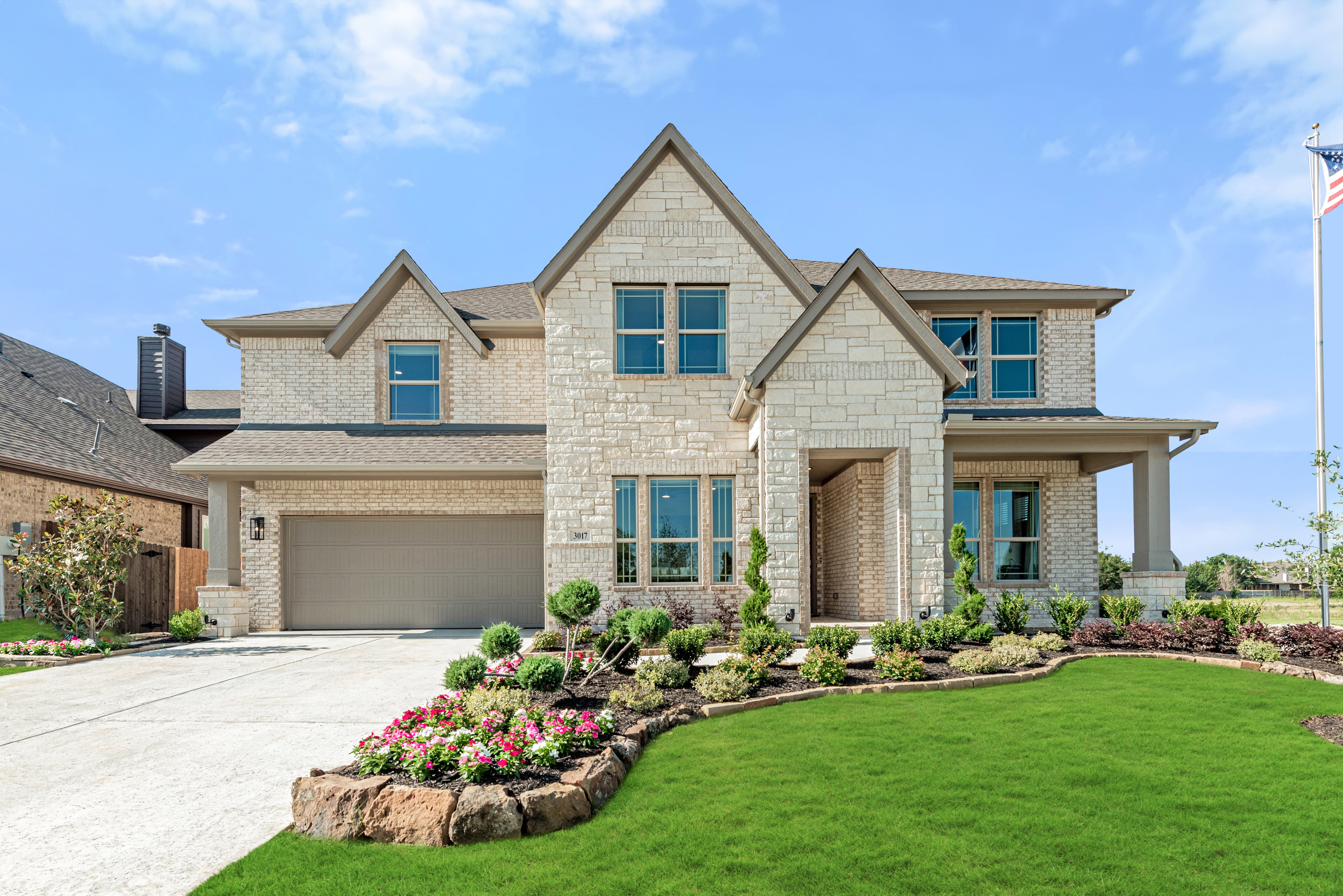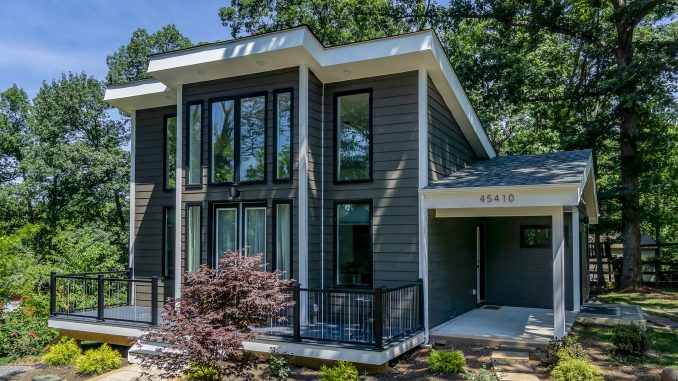
How It Works
Components
When They're Common

Advantages
Disadvantages
FAQs
Modified Gross Lease (MG Lease): Definition and Rent Calculations

-.
-
-
What Is a Modified Gross Lease?
A modified gross lease is a kind of property rental contract where the renter pays base rent at the lease's inception. Still, it takes on a proportional share of a few of the other costs related to the residential or commercial property also, such as residential or commercial property taxes, energies, insurance, and maintenance.
Modified gross leases are usually utilized for commercial areas such as office structures with more than one tenant. This type of lease typically falls in between a gross lease, where the property owner spends for operating costs, and a net lease, which hands down residential or commercial property costs to the renter.

- Modified gross leases are rental arrangements where the occupant pays base lease at the lease's beginning as well as a proportional share of other costs like utilities.
- Other costs connected to the residential or commercial property, such as maintenance and maintenance, are usually the responsibility of the property owner.
- Modified gross leases are common in the business realty industry, particularly office, where there is more than one tenant.
How a Modified Gross Lease Works
Commercial real estate leases can be classified by two rent estimation approaches: gross and net. The customized gross lease-at times described as a customized net lease-is a combination of a gross lease and a net lease.
Modified gross leases are a hybrid of these 2 leases, as operating expenses are both the property owner's and the renter's responsibility. With a modified gross lease, the occupant takes over costs directly related to his/her system, consisting of unit upkeep and repair work, energies, and janitorial expenses, while the owner/landlord continues to pay for the other operating costs.
The level of each party's duty is negotiated in the regards to the lease. Which expenditures the occupant is responsible for can vary significantly from residential or commercial property to residential or commercial property, so a potential occupant should ensure that a modified gross lease plainly defines which costs are the occupant's obligation. For example, under a customized gross lease, a residential or commercial property's tenants may be required to pay their proportional share of an office tower's total heating expense.
Components of a Modified Gross Lease
To sum up the section prior, there are three main elements to a customized gross lease:
Rent
In a modified gross lease, lease constitutes the set base amount that occupants pay to the property manager for using the leased area. This base rent is identified through negotiations and remains consistent over the lease term
Operating Expenses
Business expenses in a modified gross lease encompass the extra expenses needed for the operation and maintenance of the residential or commercial property. These expenses might consist of energies, residential or commercial property insurance coverage, residential or commercial property management costs, and often residential or commercial property taxes. Typically, the proprietor covers base business expenses as much as a certain threshold.
Maintenance Costs
Maintenance expenses are another part of modified gross leases. They're also often negotiated in between the renter and landlord. These costs include costs related to the maintenance and repair work of typical areas, structural components, and often specific components within the rented area like yards/outdoor spaces. Landlords normally handle major repair work and significant upkeep jobs.
When Modified Gross Leases Prevail
Modified gross leases prevail when numerous occupants occupy an office complex. In a building with a single meter where the monthly electrical costs is $1,000, the cost would be divided evenly in between the renters. If there are 10 occupants, they each pay $100. Or, each might pay a proportional share of the electrical costs based on the percentage of the structure's overall square footage that the tenant's unit occupies. Alternatively, if each unit has its own meter, each renter pays the specific electrical expenditure it incurs, whether $50 or $200.
The property manager might generally pay other expenses related to the structure under a customized gross lease such as taxes and insurance.

Advantages of Modified Gross Leases
One of the main benefits of modified gross leases is the predictability of lease payments for occupants. The base lease in a customized gross lease remains fixed over the lease term, offering tenants monetary stability and ease in budgeting. This set lease structure allows tenants to prepare their expenditures without fretting about unforeseen rent increases. It likewise offers a clear understanding of their month-to-month monetary responsibilities, making it simpler for services to handle their capital efficiently.
Another benefit is the balanced cost-sharing arrangement. Business expenses such as utilities, residential or commercial property insurance coverage, and residential or commercial property taxes are typically shared between the landlord and the renter. This implies occupants are just responsible for a portion of these variable expenses, instead of bearing the entire problem. For property owners, this arrangement guarantees that tenants add to the residential or commercial property's maintenance and functional costs.
The lease terms to a modified gross lease can be customized to plainly define which maintenance jobs are the responsibility of the property manager and which are the tenants. Typically, property owners handle major structural repairs and significant upkeep tasks, while occupants look after minor repairs. Under this kind of contract, renters take advantage of having a clean space, while property owners ensure the residential or commercial property's long-term worth is protected.
Finally, customized gross leases can make residential or commercial properties more attractive to a broader variety of occupants. The mix of fixed base lease and shared business expenses can appeal to companies that need a balance in between expense predictability and control over costs. For proprietors, this broader appeal can lead to higher occupancy rates.
Downsides to Modified Gross Leases
A drawback of a modified gross lease is the capacity for unforeseeable expenses. While the base rent stays continuous, occupants are typically accountable for their share of business expenses and maintenance costs which can change. This can make it hard to budget for. especially if there are unforeseen increases in energies, residential or commercial property taxes, or substantial upkeep problems.
Another disadvantage is the complexity of expense estimations and allocations. Determining the renter's share of operating costs and maintenance expenses can be made complex and may lead to disagreements in between tenants and proprietors. The procedure requires openness and accurate record-keeping to ensure reasonable distribution of expenses.
There are also some challenges in upkeep duties. The division of upkeep tasks between occupants and proprietors may not constantly be clear, causing arguments over who is accountable for particular repairs or maintenance. Tenants may feel strained by the obligation for specific maintenance jobs, especially if they believe these need to fall under the property manager's duty since they are possibly a larger or more crucial scope.
Last, the changing nature of shared costs in customized gross leases can really adversely impact the overall appeal of the residential or commercial property. Prospective renters might be cautious of participating in a lease where they can not anticipate their overall tenancy expenses properly. Though this could be seen as an advantage (and was listed in the area), it might also be a disadvantage.
Gross and Net Leases
Gross Lease
Under a gross lease, the owner/landlord covers all the residential or commercial property's business expenses consisting of property tax, residential or commercial property insurance, structural and outside repair and maintenance, typical area repair and maintenance, system repair and maintenance, utilities, and janitorial costs.
Landlords who release gross leases typically calculate a rental quantity that covers the expense of lease and other costs such as utilities, and/or upkeep. The amount payable is usually provided as a flat fee, which the occupant pays to the property owner monthly for the special usage of the residential or commercial property. This can be advantageous for an occupant due to the fact that it enables them to spending plan effectively, specifically when they have restricted resources.
Net Lease
A net lease, on the other hand, is more typical in single-tenant buildings and passes the responsibility of residential or commercial property expenses through to the renter. Net leases are generally used in conjunction with renters like nationwide restaurant chains.
Many industrial genuine estate financiers who purchase residential or commercial properties, however don't want the stress that includes ownership, tend to use net leases. Because they pass on the costs related to the building-insurance, maintenance, residential or commercial property taxes-to the tenant through a net lease, the majority of property managers will charge a lower quantity of rent.
What Is the Difference Between a Gross Lease, Modified Gross Lease and Net Lease?
Gross lease is where the property owner pays for business expenses, while a net lease implies the renter takes on the residential or commercial property expenditures. A customized gross lease suggests that the operative expenditures are borne by the tenant and the proprietor.
Is Modified Gross or Net Lease Better?
Investors prefer net lease residential or commercial properties due to residential or commercial property costs being the duty of the Tenants. If a Landlord has Gross Leases or Modified Gross Leases with Tenants, this can make it harder to offer the residential or commercial property as an investment.
When Is a Modified Gross Lease Used?
Modified gross leases are common when several tenants inhabit an office structure. The renters will split energy expenses, however the property owner will generally pay other expenses connected to the structure under a modified gross lease such as taxes and insurance.
How Are Maintenance Costs Handled in a Modified Gross Lease?
Maintenance costs in a customized gross lease are generally divided between the proprietor and occupant. Major repair work and significant maintenance tasks, such as structural repairs or HVAC system replacements, are usually the property owner's duty. Tenants are typically accountable for minor repairs and regular upkeep within their rented properties.
How Are Residential Or Commercial Property Taxes Managed in a Modified Gross Lease?
In a modified gross lease, residential or commercial property taxes are generally shared in between the property owner and the tenant. The proprietor may cover the base residential or commercial property tax quantity, with the occupant responsible for any boosts or a proportionate share based upon their leased area.
The Bottom Line
Modified gross leases are rental contracts where the occupant pays base rent at the lease's beginning in addition to a proportional share of other expenses like utilities. A gross lease is where the landlord spends for business expenses, while a net lease indicates the occupant handles the residential or commercial property expenditures. Other costs associated with the residential or commercial property, such as upkeep and upkeep, are generally the responsibility of the landlord. Modified gross leases are common in the industrial realty industry, specifically office areas, where there is more than one occupant.

